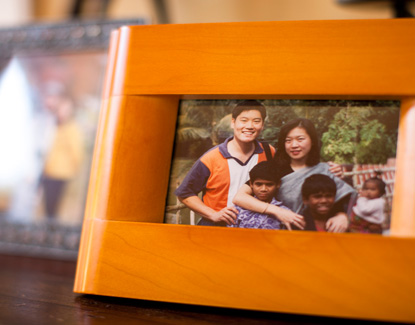Newsletter
Uncle Sam, Please Pass the Family History
Nov 11, 2016

Thanksgiving is National Family History Day. While we’re passing the stuffing and gravy to our aunts and uncles, we have an opportunity to capture information that may be vital to our long term health.
For physicians, of course, eliciting a thorough, accurate, and updated family history is an essential part of a patient’s medical narrative and a critical tool for care related to diabetes, heart disease, many cancers, and numerous other health risks. Unfortunately, a significant number of adverse outcomes (and medical malpractice cases) reflect an incomplete history as a component of substandard care.
Drawing from its national Comparative Benchmarking System (CBS), CRICO recently analyzed 2,934 malpractice cases that occurred in an ambulatory (non-ED) setting and alleged a diagnostic error. In eight percent of those cases, an inadequate history and physical exam was a contributing factor. The average incurred loss for those cases (i.e., the reserves on open and payments on closed cases) was $371,000. A smaller study of ambulatory diagnosis-related cases involving the most common cancers (breast, colorectal, lung, and prostate) indicates that for 17 percent of those, an inadequate history and physical exam was noted.
Of course, health care providers cannot obtain and update an informative family history unless the patient understands its clinical value and follows a suitable process. Guidance on what diseases to inquire about, which family members to include, what dates are relevant, etc., helps patients capture beneficial data and filter out extraneous information. Reminding them to share their histories with siblings and offspring serves an even broader population. The Centers for Disease Control and Prevention and other organizations provide a variety of forms and instructions for how best to request and record a history that we can share with our physicians.
But once is not always enough. One of the most common issues seen in malpractice cases is a provider’s failure to update a patient’s history (e.g., to learn that a patient’s 38-year-old sister had recently been diagnosed with ovarian cancer). Because such information is often crucial to risk assessment and stratification—foretelling the what, when, and how often for many health screenings—clinicians cannot rely solely on what was entered when that individual first became his or her patient. Clinicians who update a patient’s family history whenever practical, and reference it whenever it might impact a clinical decision, are less likely to encounter allegations of diagnostic errors that may otherwise have been avoided.
And please pass the cranberries.
Additional Materials
- My Family Health Portrait
- Missed MI Despite Family History
- Multiple Missed Steps Delay Breast Cancer Diagnosis
- Colorectal Screening for Patients without Symptoms
- CBS Research Presentations
Latest News from CRICO
Utilization of Electronic Health Record Sex and Gender Demographic Fields: A Metadata and Mixed Methods Analysis

Establishing a Regional Registry for Neonatal Encephalopathy: Impact on Identification of Gaps in Practice
Characterizing Malpractice Cases Involving Emergency Department Advanced Practice Providers, Physicians in Training, and Attending Physicians

